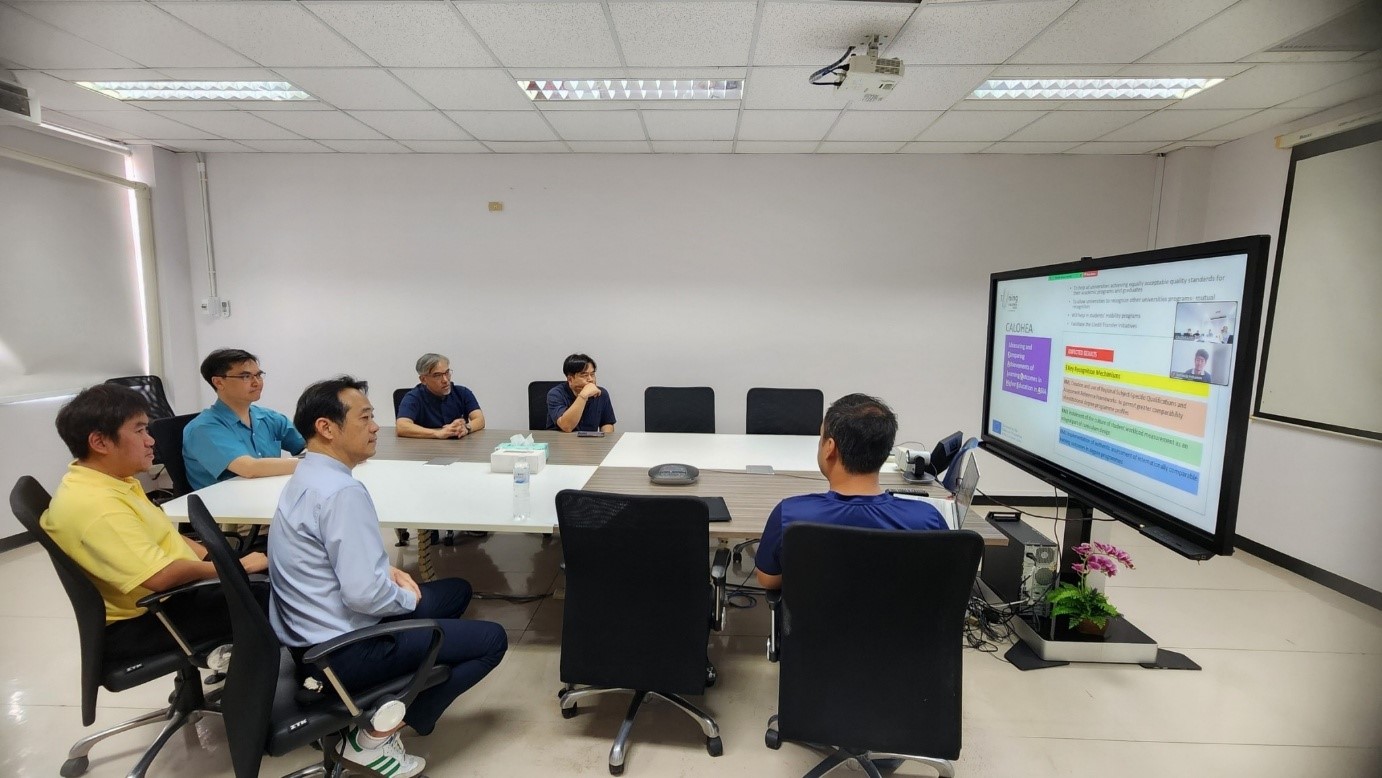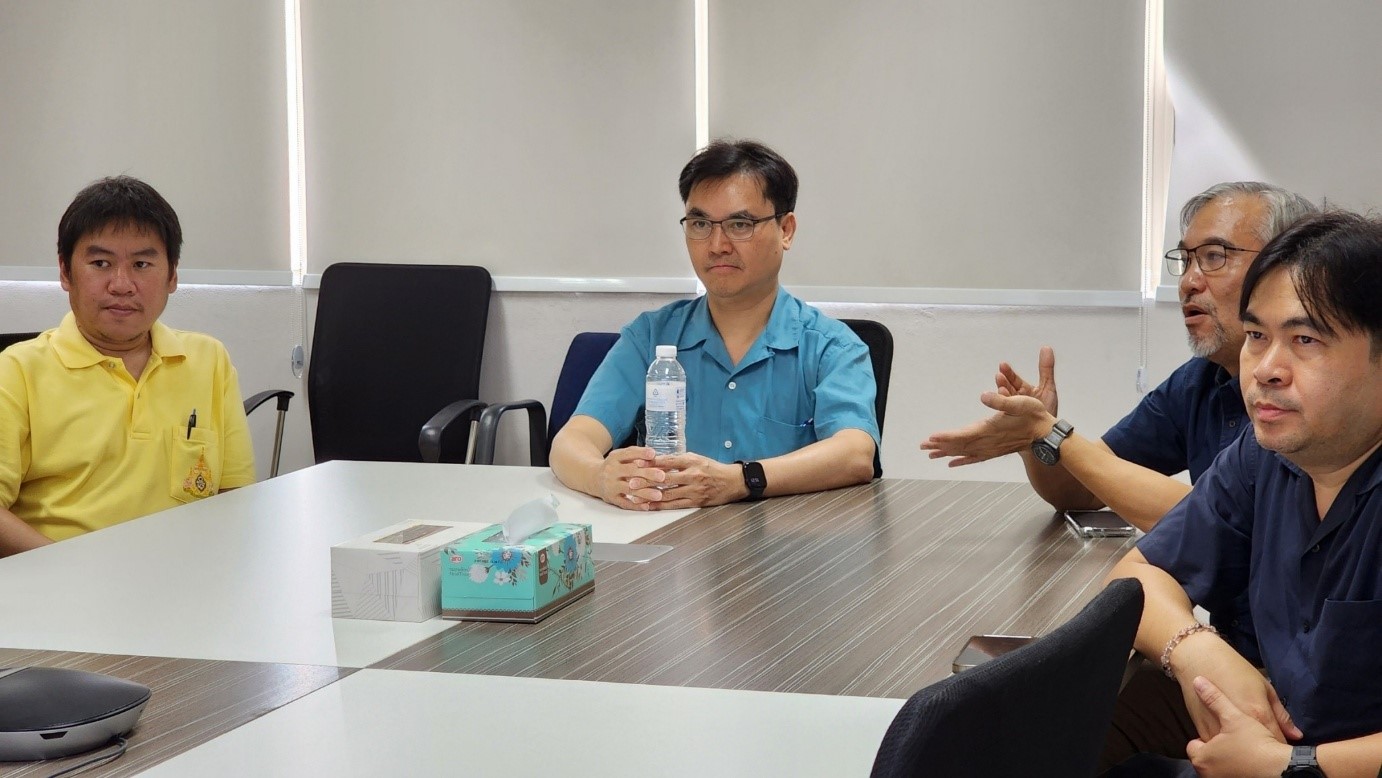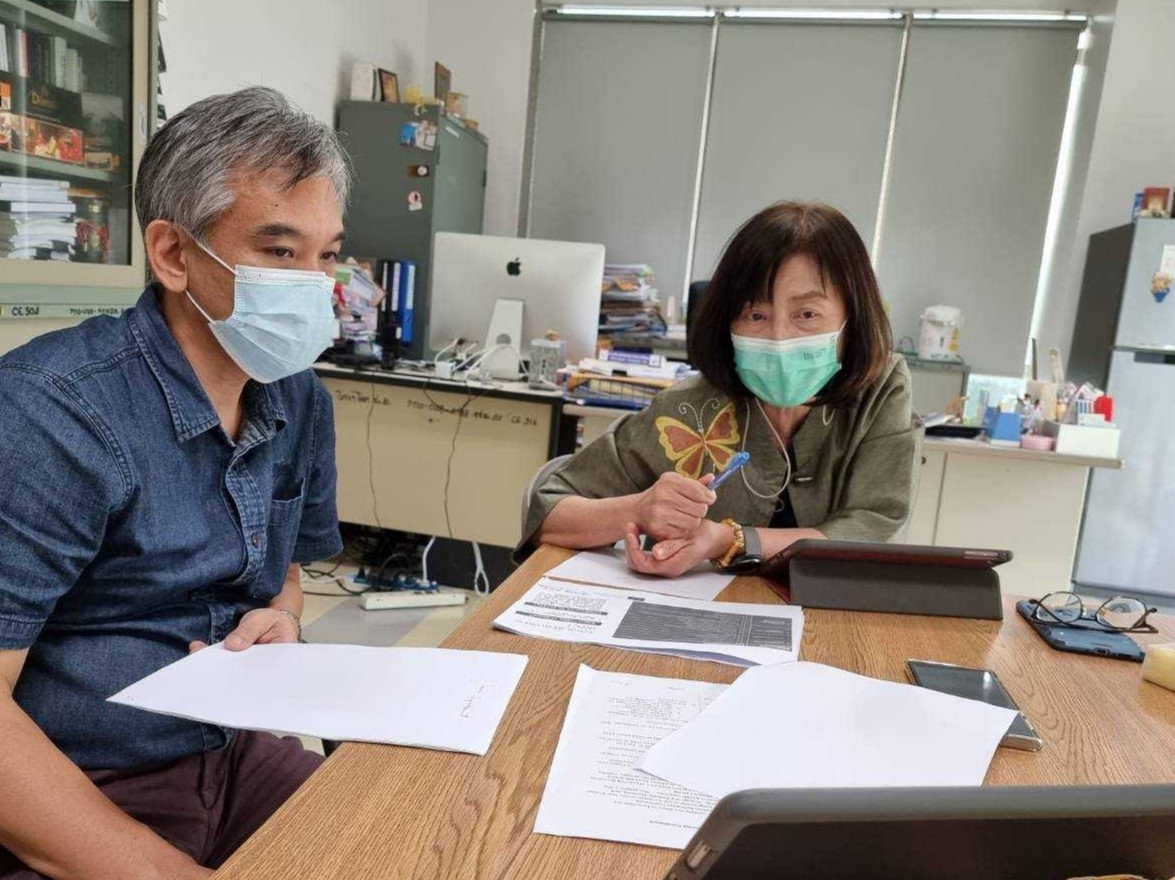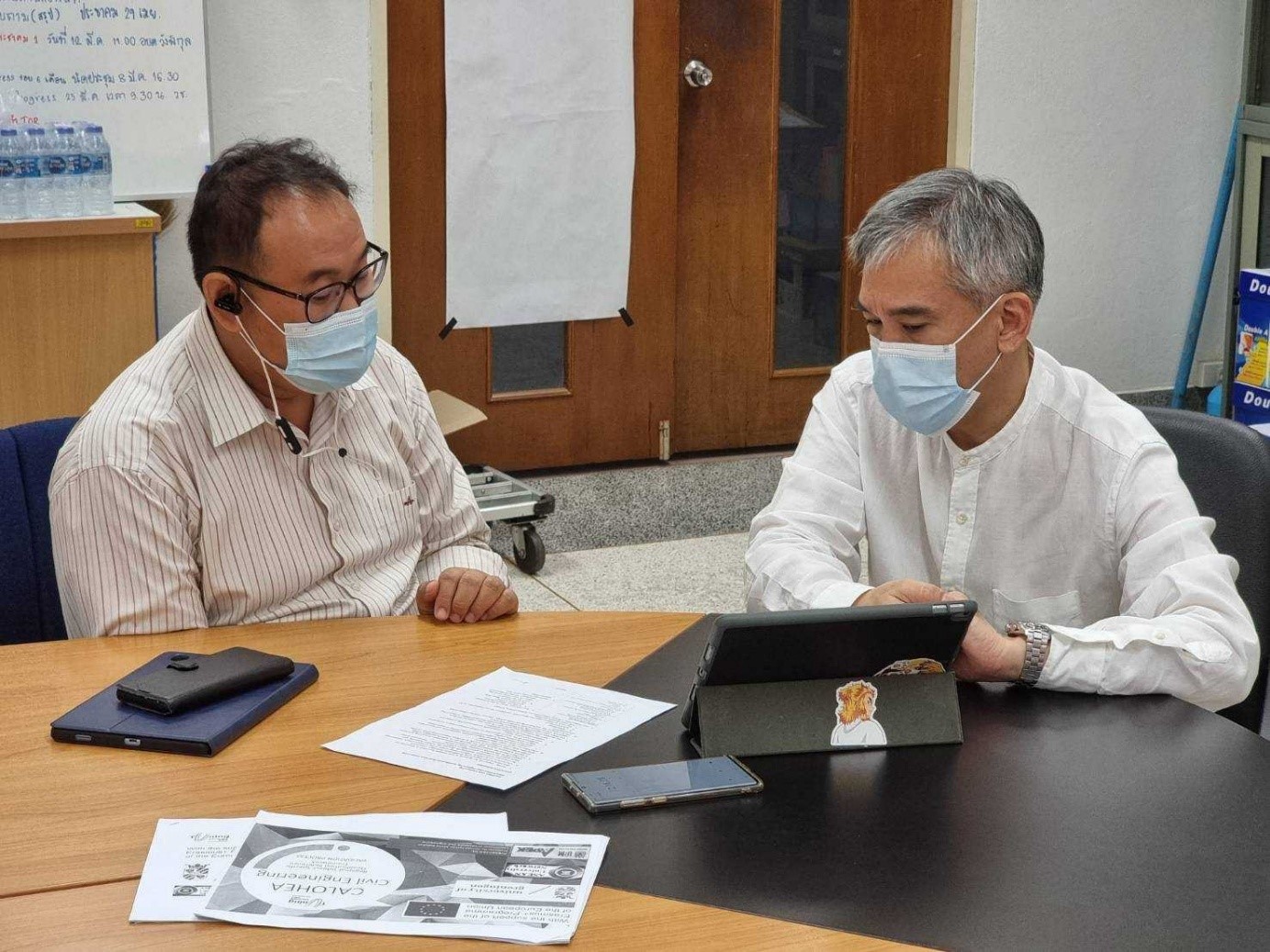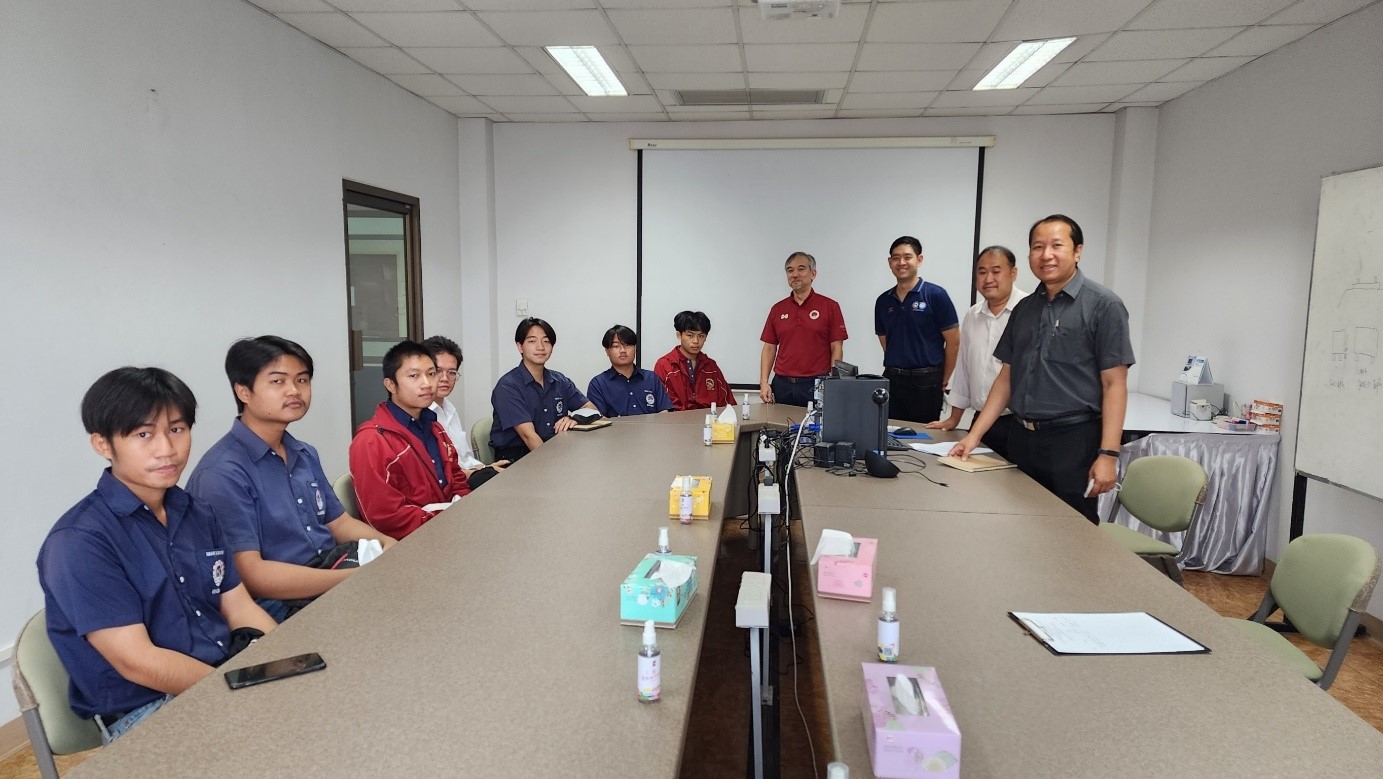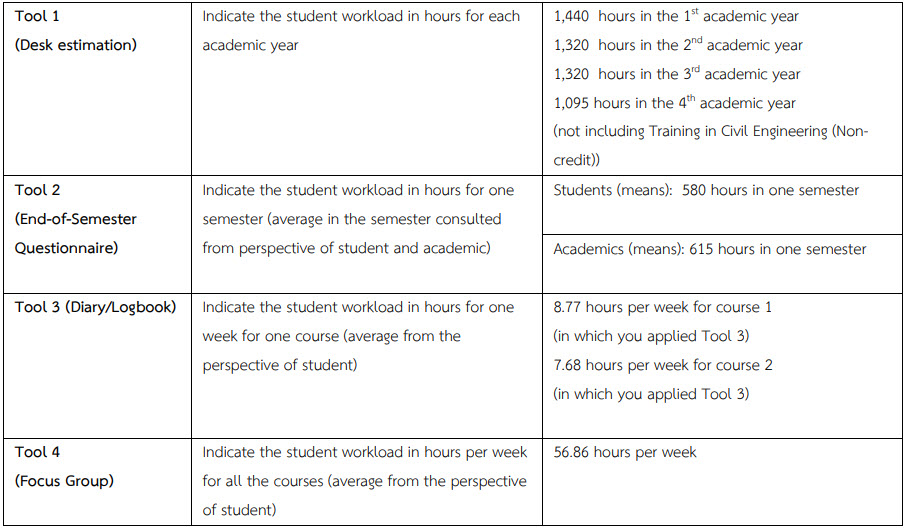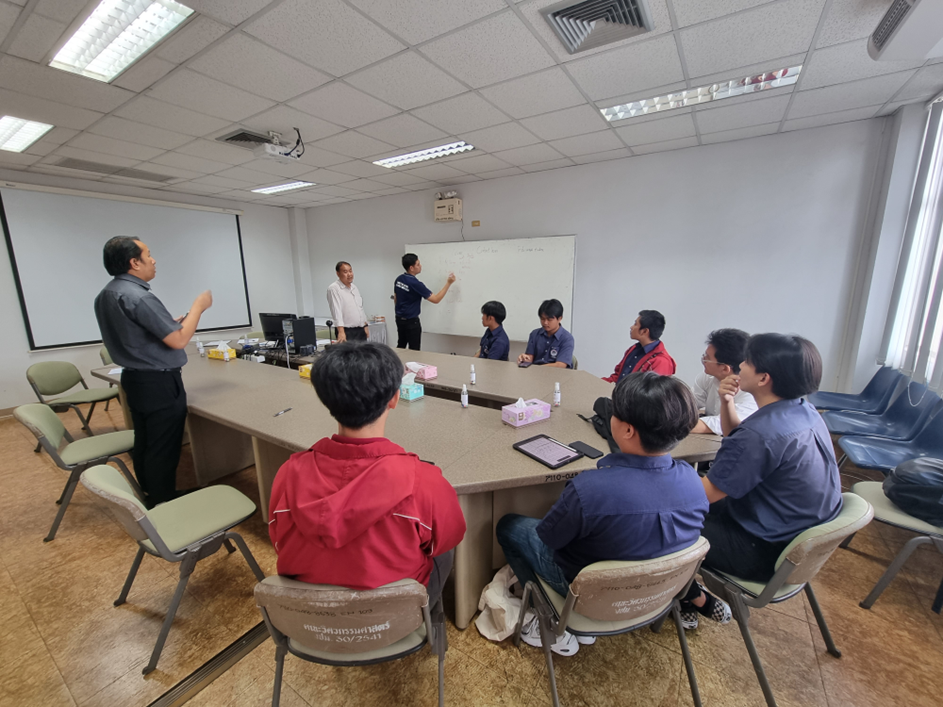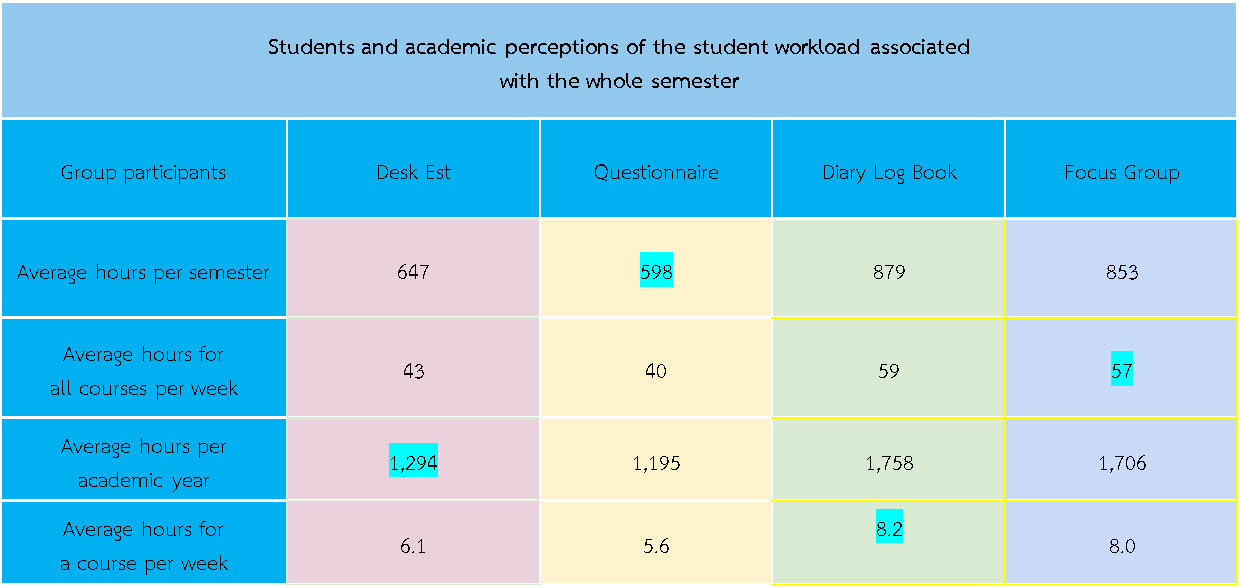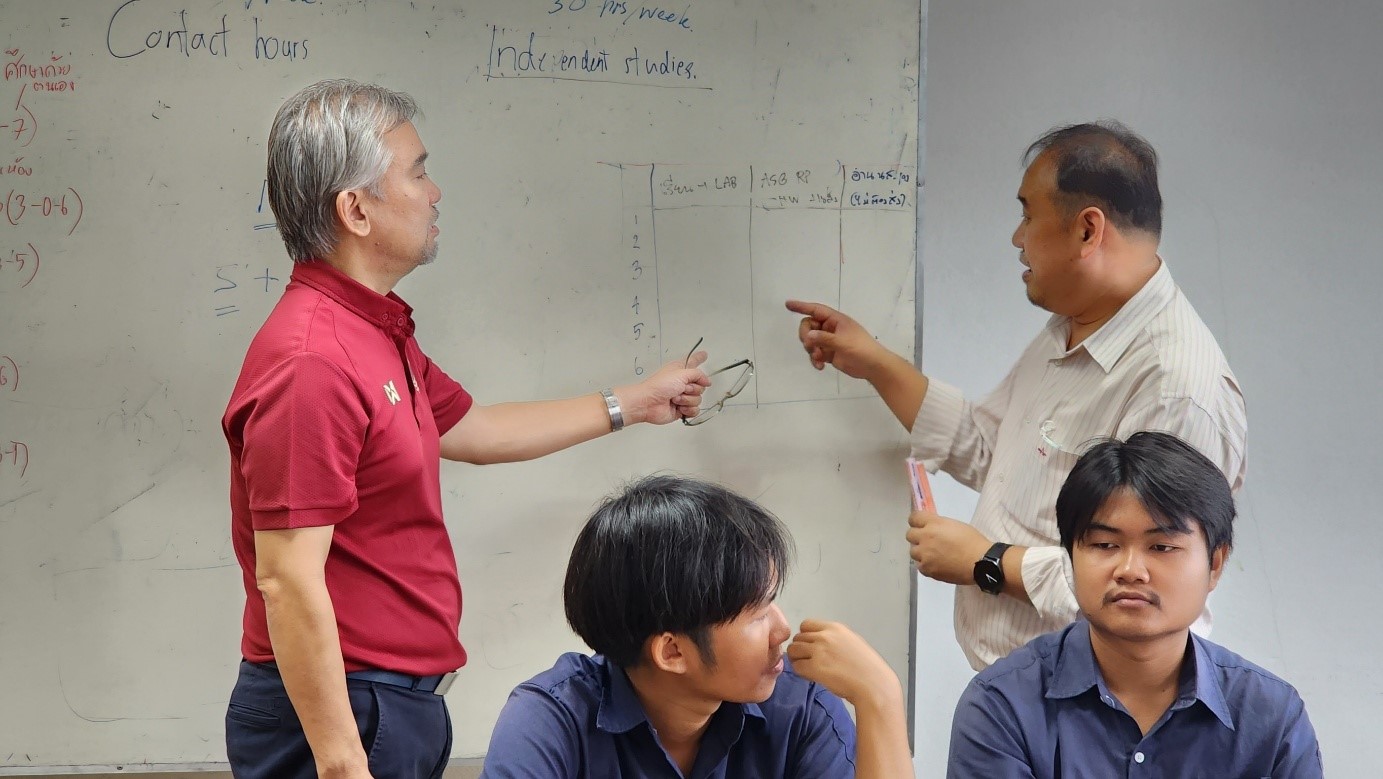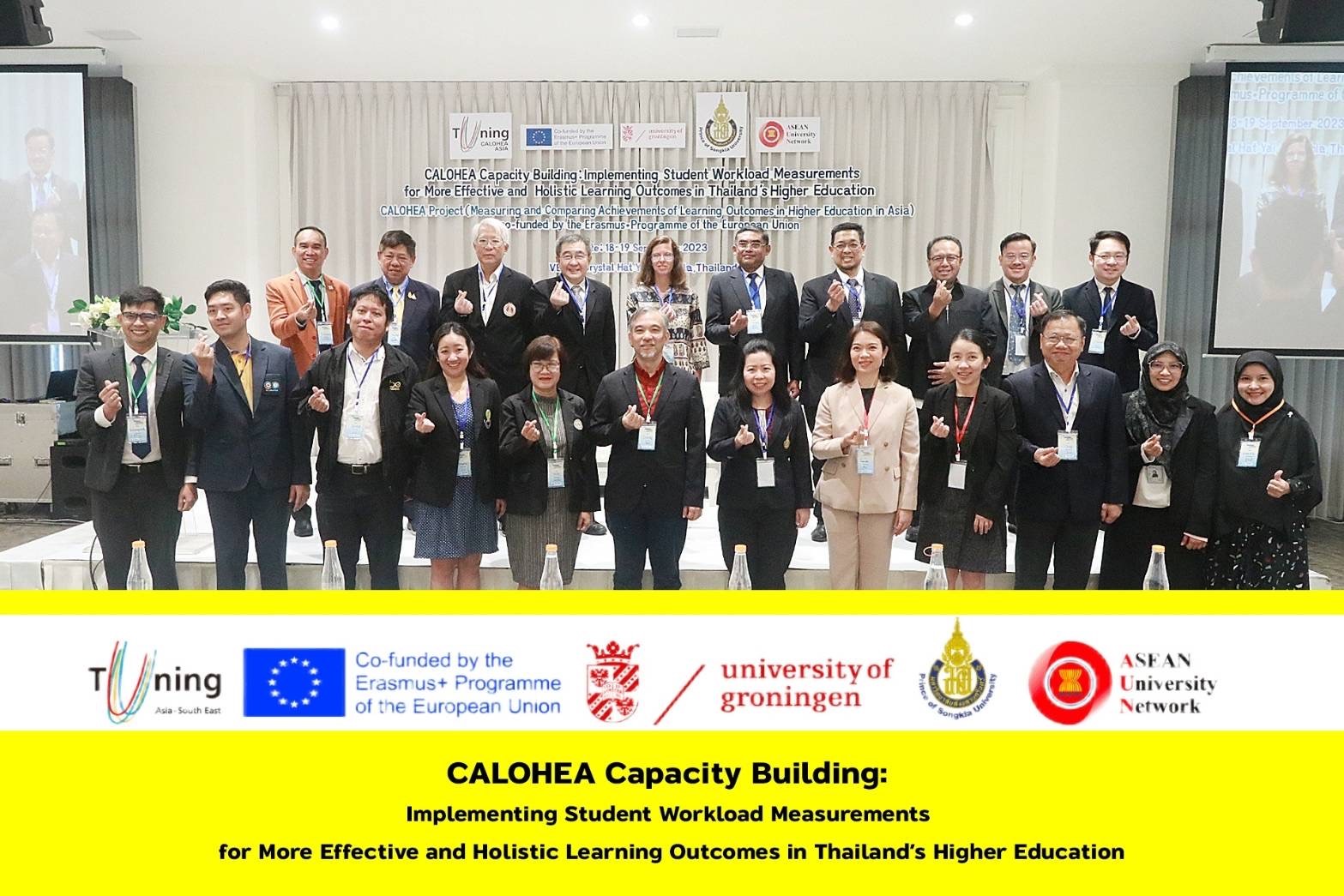
Naresuan University (NU), under the subject area of the civil engineering, is actively involved in contributing significantly to the development and implementation of these mechanisms. Mechanism 1 focuses on developing a unified framework for higher education, Mechanism 2 centers upon accurately estimate and manage student workload, and Mechanism 3 introduces Authentic Assessment to integrate real-world tasks into evaluations of student. These efforts collectively seek to improve educational quality, ensure balanced workloads, and support learning outcomes across participating institutions.
